Safety Issues with Traditional Bath Tubs
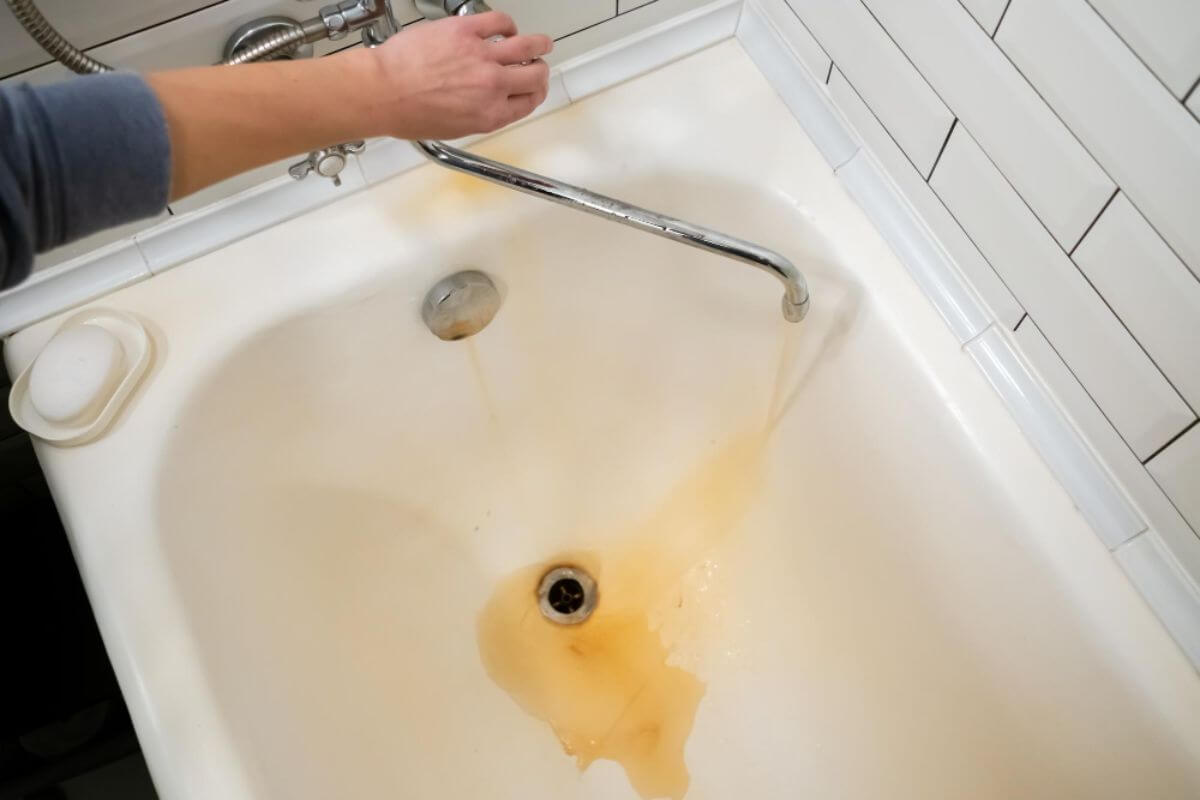
What are the safety issues with traditional bathtubs?
- Slippery surfaces
- Drowning risks
- Lack of accessibility
- Scalding incidents
- Bacterial growth
Overview
- Traditional bathtubs pose significant safety risks, especially for young children, seniors, and individuals with mobility limitations.
- Risks include slippery surfaces, drowning for kids, lack of accessibility, scalding incidents, and bacterial growth. Prevent with precautions.
- Proactively addressing potential hazards in traditional bathtubs and exploring accessible solutions can create a safer and more inclusive bathing environment for everyone.
For many of us, the bathtub brings up images of relaxation and self-care. But what if this familiar place harbors hidden dangers? Traditional bathtubs, while offering a classic experience, can pose significant safety risks, especially for young children, seniors, and individuals with mobility limitations.
This article will delve into safety issues with traditional bathtubs to empower you to make an informed decision. We will explore some alternative solutions like walk-in bathtubs and grab bars that can transform your bathroom into a safe and accessible haven for everyone.
Slippery Surfaces
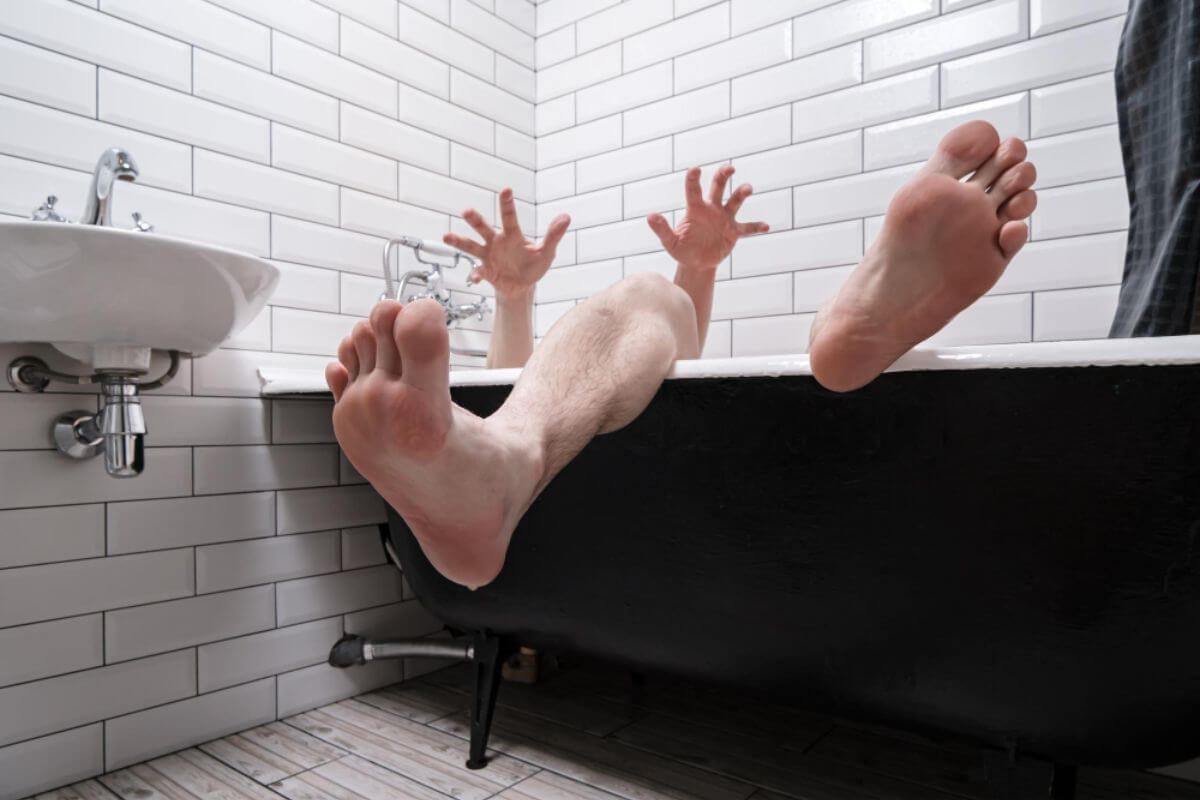
Traditional bathtubs, especially older models, pose a significant safety risk due to their slippery surfaces, particularly for children and older individuals.
While alternative solutions like walk-in showers or tub cuts with safety features are preferred, addressing the slipperiness in existing traditional tubs is still important. You can install grab bars to enhance stability and support. Strategically place them in both showers and tubs. The bathmats or non-slip stickers can also provide additional traction and reduce the risk of slipping.
Prioritizing safety in the bathroom is crucial. Addressing slippery surfaces and implementing preventative measures ensures a safer and more enjoyable bathing experience for everyone in your household.
Drowning Risks
According to the Canadian Red Cross Society drowning in the bathtub is the second most frequent site accounting for 55% of infant drownings.
While often overlooked, drowning risks in traditional bathtubs pose a serious threat, particularly for young children. Never leave young children unattended in the bathtub, even for a moment. Despite their shallow appearance, even a small amount of water can be deadly for unsupervised children who can quickly lose their balance and submerge. Keep the water level low while bathing children.
While young children are particularly vulnerable, it’s important to remember that drowning risks extend beyond them. Seniors with mobility issues or individuals with certain medical conditions like epilepsy can also be at risk of drowning in bathtubs if they lose consciousness or have trouble exiting the tub.
Lack of Accessibility
Imagine your grandfather with weakened leg muscles struggling to climb over the high tub wall, losing their balance, and falling into a painful thud. This is the reason why the lack of accessibility is one of the major safety issues with traditional bathtubs.
You can try converting your existing tubs into walk-in bathtubs to eliminate the need for climbing and provide a more accessible bathing experience. Consider also remodeling the bathroom to create a more accessible layout, including wider doorways and reachable controls.
Accessibility isn’t just about disability; it’s about creating spaces that are comfortable, safe, and enjoyable for everyone.
Scalding Incidents

Hot water can cause severe burns, especially for young children, older adults, and individuals with sensitive skin.
Traditional bathrooms with deeper tubs often set at high temperatures above 120°F pose scalding risks due to inadequate water temperature regulation. The absence of modern safety features like mixing valves exacerbates this risk, necessitating a larger volume of hot water for filling and increasing the potential for burns if mixing is imprecise.
You can install a mixing valve with a scald guard. This feature automatically limits the maximum water temperature, preventing dangerously hot water from reaching the tub. Don’t forget to also check the temperature before entering the water. If a bath thermometer is unavailable, you can dip your elbow first to test if it’s too hot.
Bacterial Growth
Traditional bathtubs can harbor bacterial growth, posing health risks for vulnerable individuals. Microscopic pores in materials like cast iron or acrylic provide hiding places for bacteria, especially in soap scum and residue. Bacteria like E. coli and Pseudomonas can cause skin infections, especially in open wounds or sensitive areas.
Regular cleaning with disinfecting cleaners is essential, particularly for jets and drains. Ensure proper ventilation to prevent moisture buildup and mold growth. Consider non-porous materials like fiberglass or porcelain when replacing tubs for easier cleaning and resistance to bacterial growth, promoting a healthier bathing environment for all.
Key Takeaway
Protect your family from bathroom mishaps by addressing potential hazards proactively now. Understand safety issues with traditional bathtubs and explore accessible solutions for inclusive and future-proof bathing environments.
At Home2Stay, we offer solutions to eliminate hazards, enhance accessibility, and create a safe, comfortable space for all. Schedule a free assessment today to create a bathroom that reflects your family’s unique needs. Choose Home2Stay for your well-being.
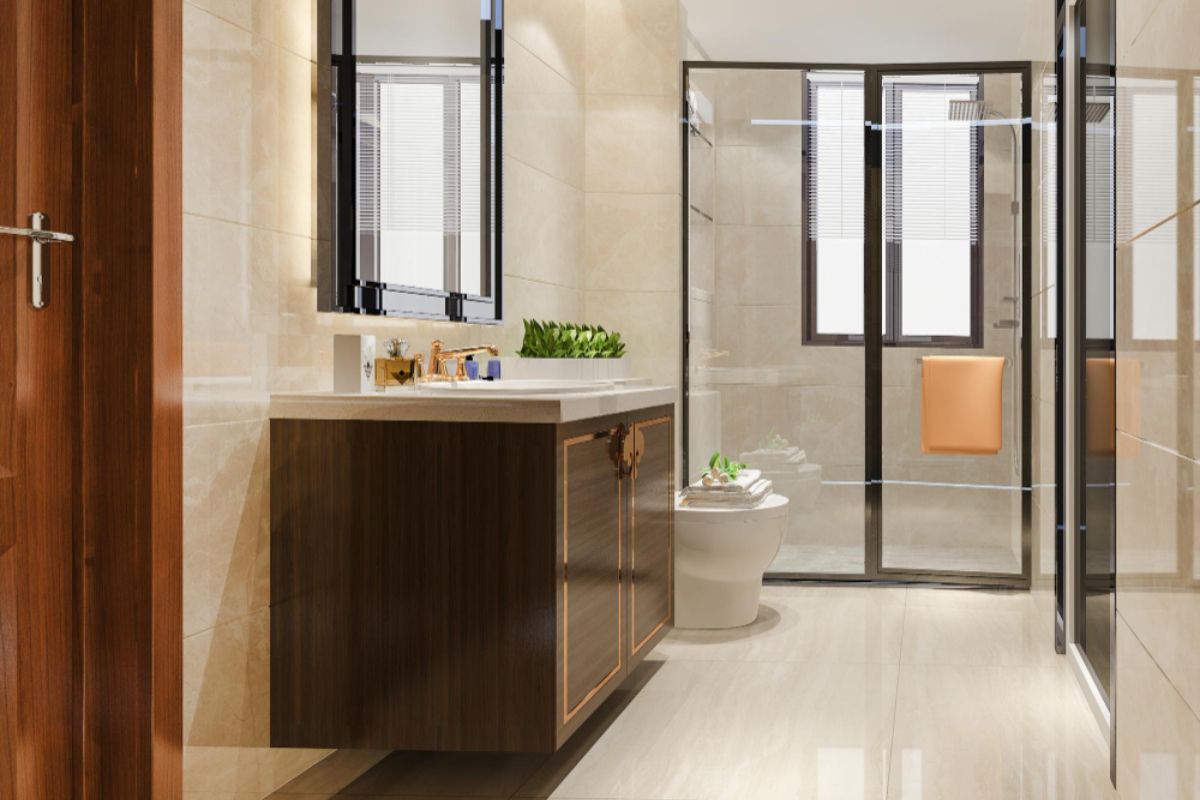

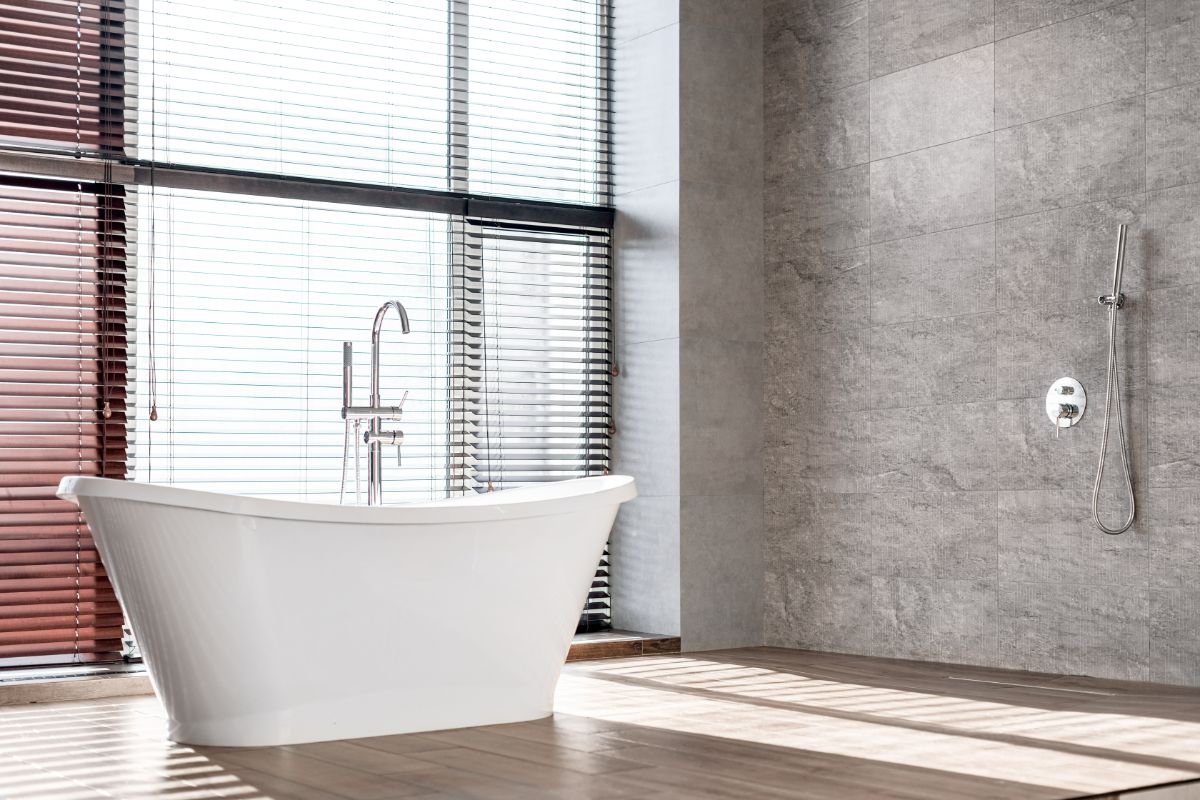
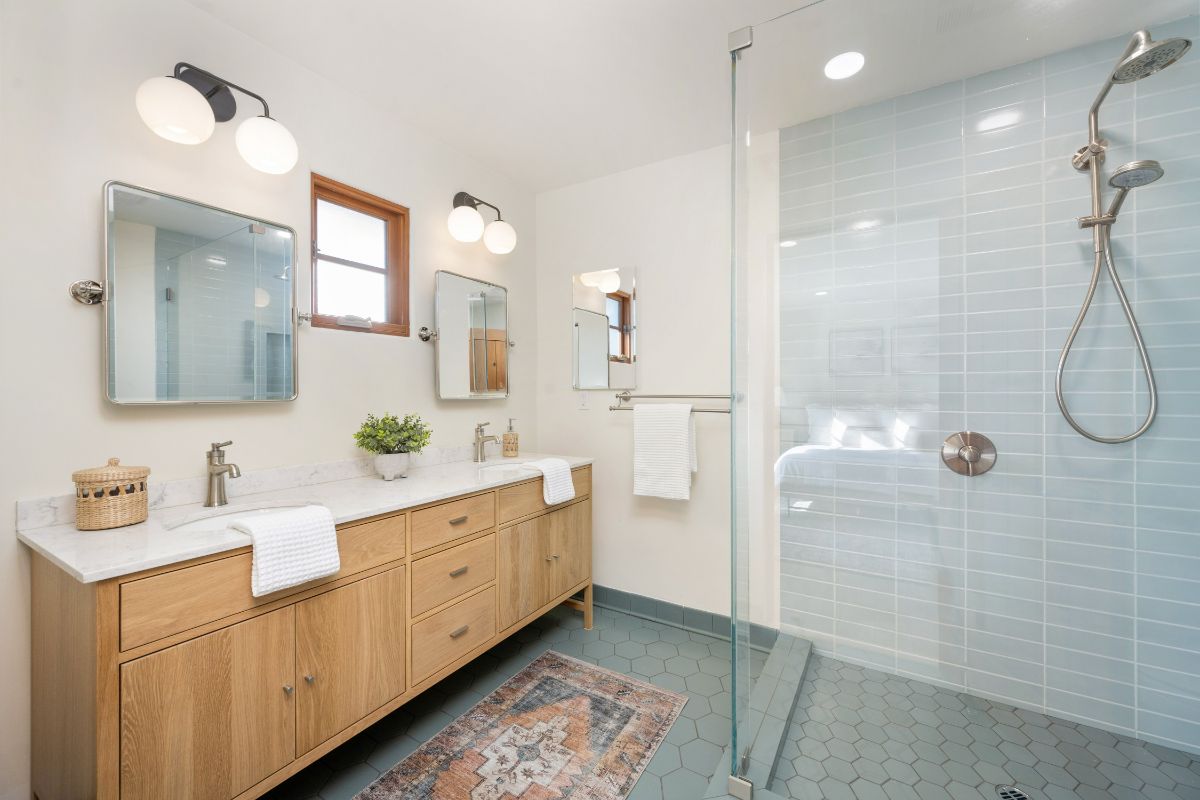
Leave a Comment
We'd Love to Hear Your Thoughts Got something to say? We're all ears! Leave your comments below and let us know what you think. Your feedback helps us improve and serve you better. Can't wait to hear from you!